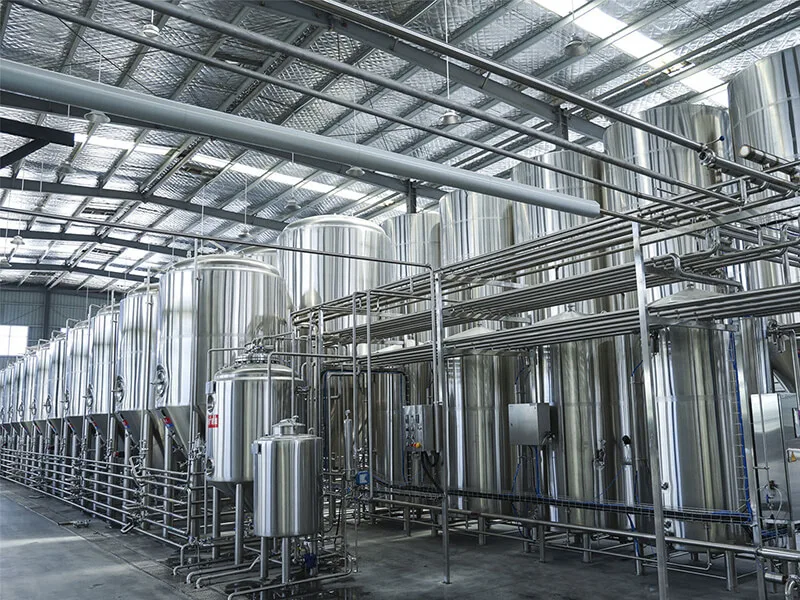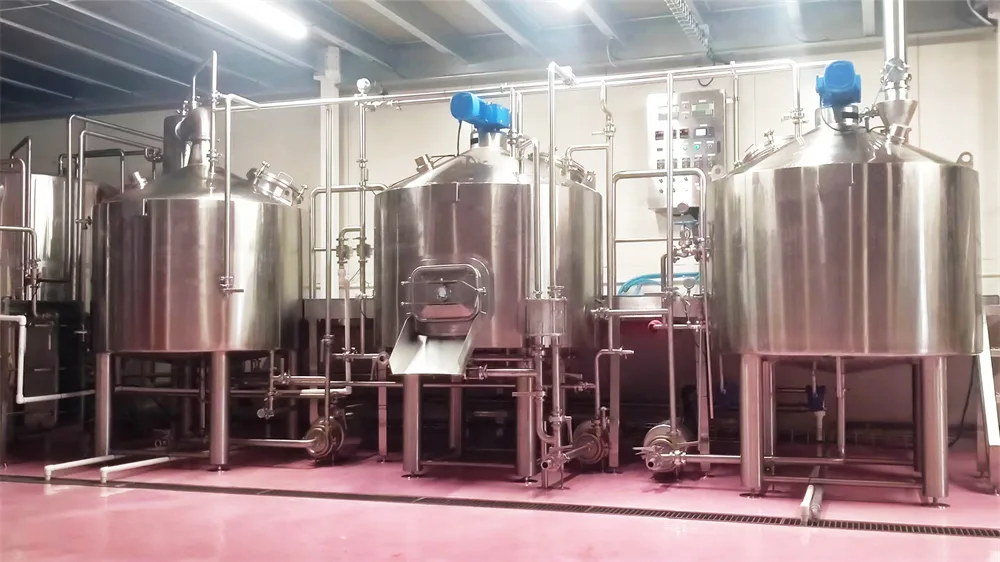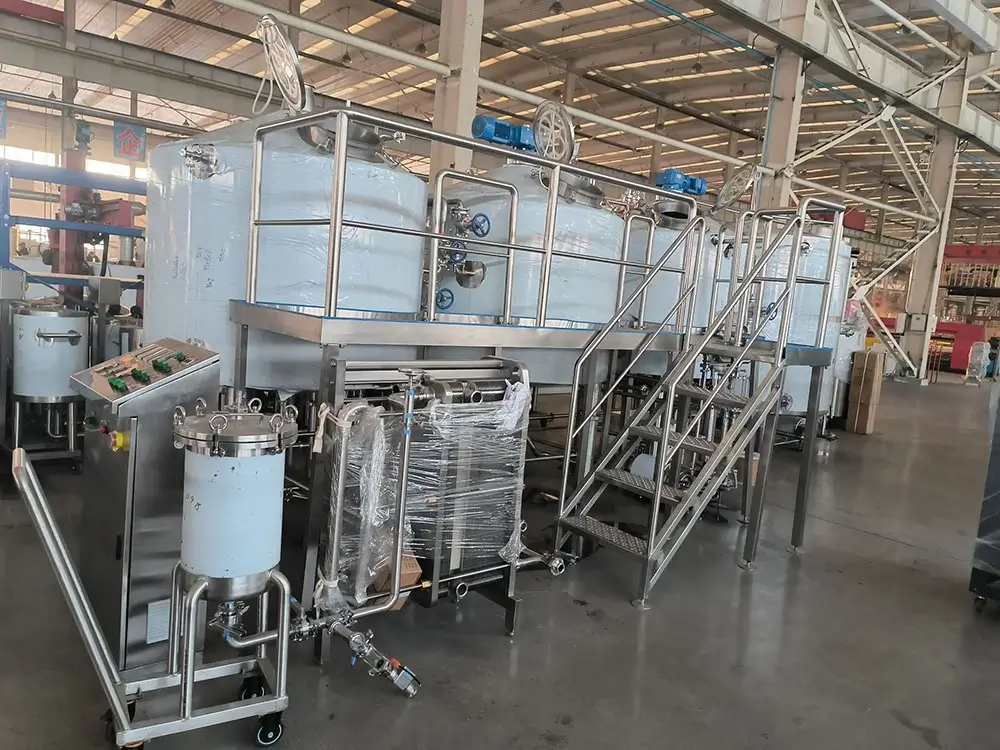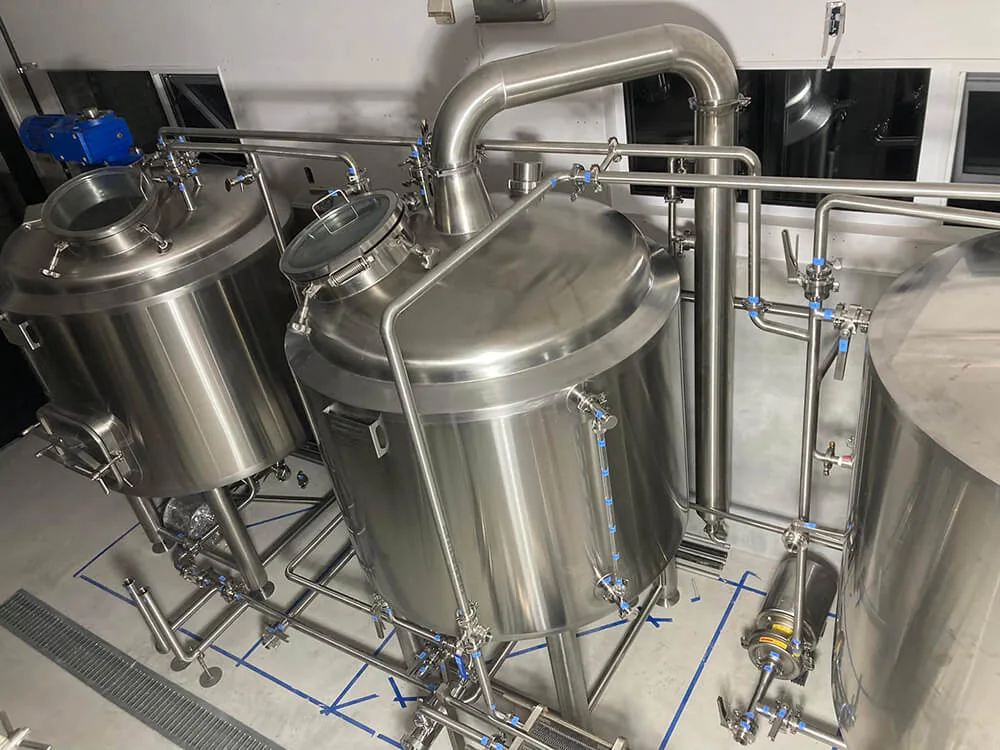As food safety standards continue to rise, the focus on hygiene across every step of production has never been sharper. At the heart of this hygienic chain, Stainless Steel Storage Tanks have become the undisputed champion for storing everything from dairy and beverages to sauces and alcoholic bases.
Why? Because compared to traditional plastic or carbon steel options, Stainless Steel Storage Tanks offer a winning combination: superior corrosion resistance, effortless cleaning, and a non-porous surface that guarantees purity. This directly prevents secondary contamination, ensuring the final product is not just safe, but also of the highest quality. It’s this proven reliability that makes them the first choice in the food, beverage, and fermentation industries today.
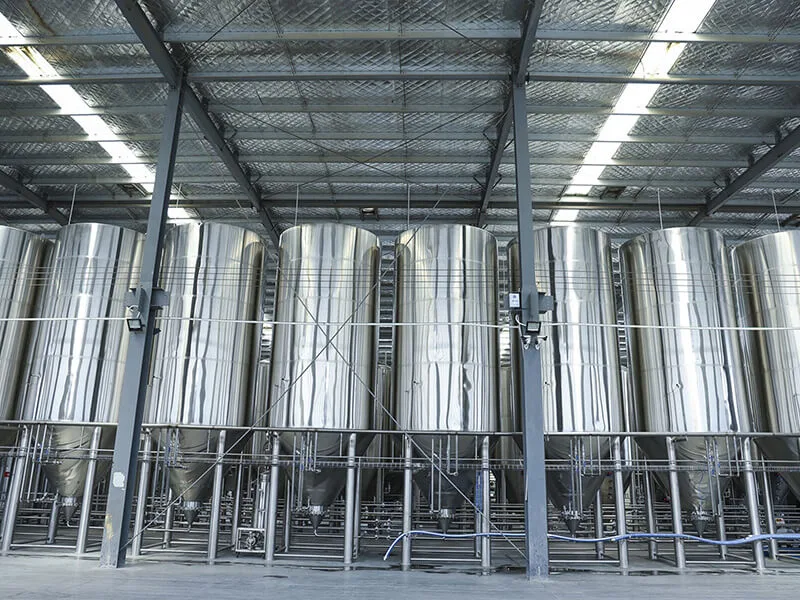
Main Features of Food-Grade Stainless Steel Storage Tanks
Safe and Corrosion-Resistant Materials
- 304 Stainless Steel Tank: Resistant to most acids and alkalis. Suitable for storing water, milk, juice, and sauces.
- 316L Stainless Steel Tank: Offers stronger resistance to salt and acid corrosion. Ideal for high-salt, acidic, or pharmaceutical use.
Smart Structural Design
- Mixing systems to stop sediment or layering.
- Breathing and exhaust valves to keep pressure balanced.
- Temperature, level, and pressure sensors for easy process control.
Typical Stainless Steel Storage Tanks include
Stainless SteelFermentation Tank
Fermentation tanks are widely used in bioengineering industries such as food and beverage and medicine. It uses the metabolism of microorganisms to convert various raw materialsinto products ofimportant value. In terms of type, they are mainly divided into mechanically stirred fermentation tanks and non-mechanically stirred fermentation tanks. The tank body is made of stainless steel such as SUS304 or SUS316L. lt is designed according to the hygiene standards of bioengineering industries such as food and pharmaceuticals. Pays attention to the tightness of the structure, it can withstand high-temperature and high-pressure operating conditions such as steam sterilization (SIP), and has excellent corrosion resistance. Safety and good hygienic performance ensure the purity and stability of the fermentation environment, providing reliable protection for the growth and metabolism of microorganisms.
Stainless Steel Storage Tank
Made of high-quality stainless steel SUS304 or SUS316L, the internal and external surfaces of the equipment are polished, smooth and without dead corners. The tank is equipped with manholes, hand holes, material inlets and outlets, liquid level gauges, etc. Stainless steel storage tanks have the advantages of corrosion resistance, high strength, and good sealing, which can ensure the quality and safety of stored materials.
Stainless Steel Reactor
The main body is made of stainless steel such as sUS304 or SUS316L which has good corrosion resistance and can withstand high pressure and temperature changes. Stirring forms include paddle type, anchor type, frame type, magnetic stirring, etc.The shaft seal adopts a mechanical seal to maintain the pressure (or vacuum) within the equipment and effectively prevent the reaction materials from escaping and impurities from infiltrating.
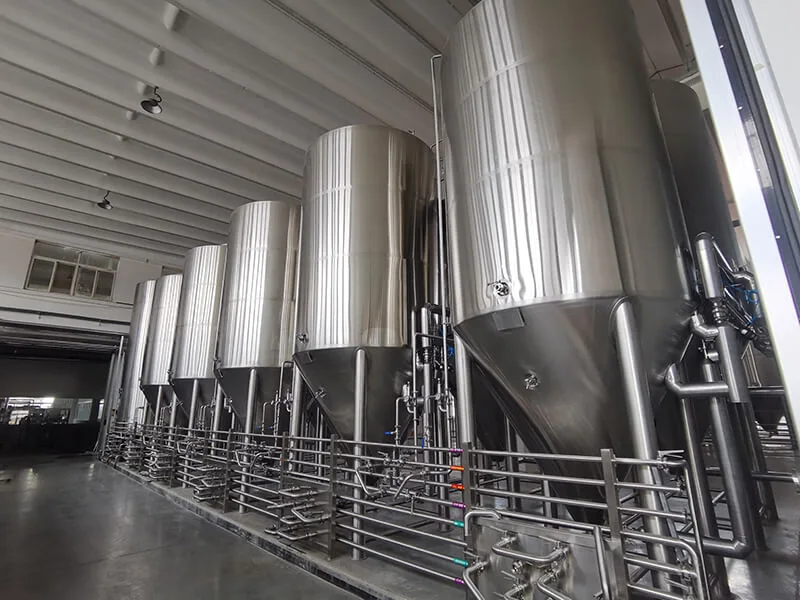
Choose the Right Food-Grade Stainless Steel Tank
1. Choose the Right Material
- Neutral or slightly acidic liquids → use 304 stainless steel.
- Salty, acidic, or chloride-rich liquids → use 316L stainless steel.
- High-purity water or medicine → use 316L or higher grade with electrolytic polishing for extra cleanliness.
2. Decide on Size and Shape
- Common sizes range from 100L to 100,000L, depending on production needs and space.
- Vertical tanks save space and drain easily.
- Horizontal tanks work well in tight spaces or for mobile use.
3. Check the Surface Finish
- A smooth inner surface improves hygiene.
- Inner wall roughness should be Ra ≤ 0.4 μm to prevent bacteria growth.
4. Add Temperature and Mixing Functions
- For drinks and dairy, choose tanks with heating/cooling jackets and mixers to keep temperature even and avoid layering.
5. Use CIP and SIP Systems
- Automatic cleaning (CIP) systems improve cleaning speed, safety, and hygiene in food production.
6. Check Welding and Sealing Quality
- Welds should be smooth and free of cracks, with acid passivation after welding.
- Seals should be made from food-grade silicone or PTFE to ensure safety and durability.
Usage and Maintenance Guidelines
1. Regular Cleaning and Inspection
- Clean the tank right after use with CIP systems or manual cleaning.
- Check valves and welds often to make sure they are in good condition.
2. Prevent Scratches and Rust
- Do not use rough or sharp tools for cleaning.
- If you find scratches or rust, do passivation treatment to restore corrosion resistance.
3. Control the Environment
- Keep tanks in a dry, well-ventilated area.
- Avoid contact with acids, alkalis, or strong chemicals.
4. Maintain Valves and Seals
- Check for wear, aging, or leaks regularly.
- Make sure motors and control systems work properly.
5. Use and Store Properly
- Do not store strong acids, alkalis, or salty liquids for long periods.
- Clean thoroughly before changing the stored product or material.
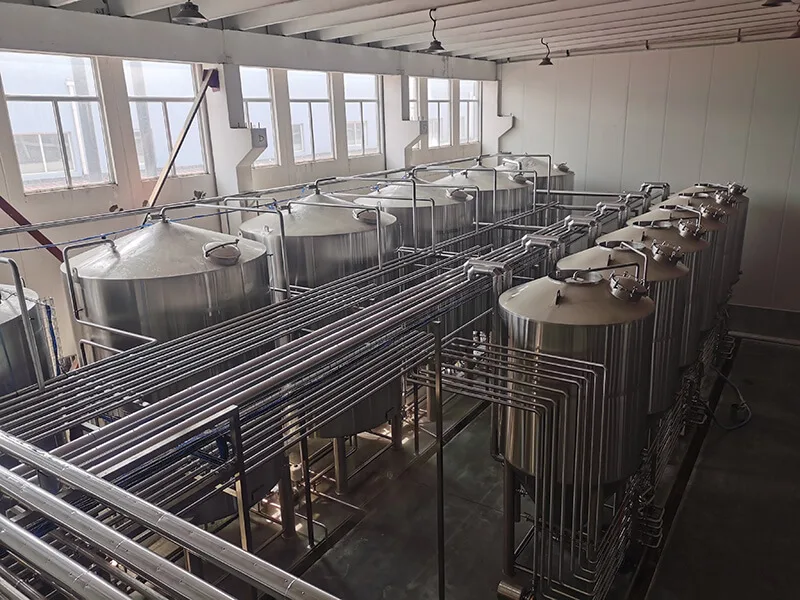
Conclusion
No matter if you run a small food business or a large beverage company, stainless steel storage tanks are essential equipment.
Choosing the right tank, using it correctly, and keeping it well-maintained can greatly extend its service life and ensure food safety.
The right tank not only protects your products but also helps build your brand reputation and support long-term growth.
If you want to learn more about our food-grade equipment, feel free to связаться с нами for professional advice.

